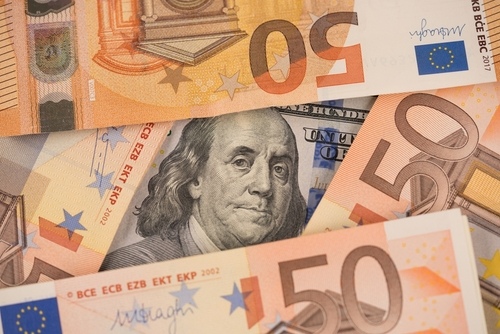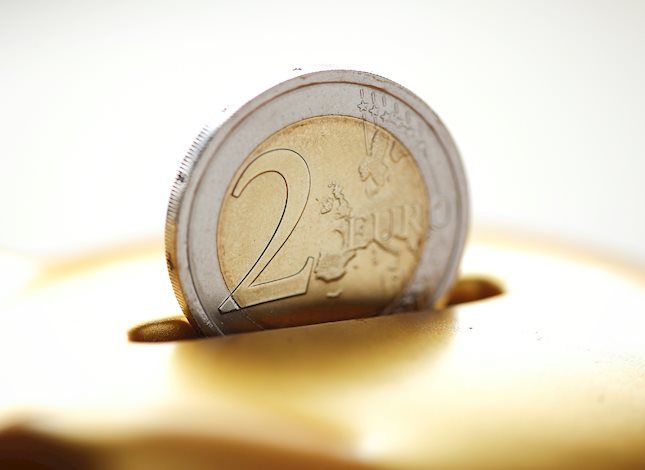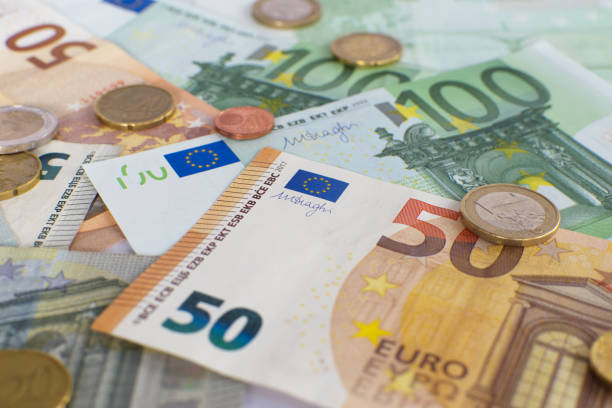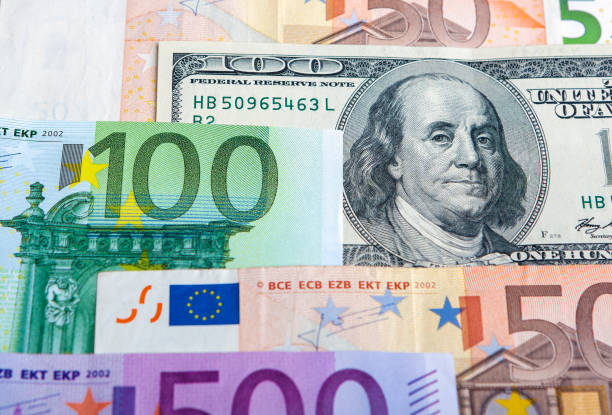EUR/USD falls toward 1.1050 as US Dollar holds ground ahead of ISM Services PMI

- EUR/USD depreciates as traders adopt caution ahead of key economic figures from the United States.
- Atlanta Fed President Raphael Bostic said that the Fed must not maintain a restrictive policy stance for too long.
- The Euro edges lower amid rising odds of the ECB reducing interest rates in September.
EUR/USD inches lower to near 1.1070 during the Asian session on Thursday. The downside of the EUR/USD pair could be attributed to improved US Dollar (USD) amid rising US Treasury yields.
However, the Greenback weakened following the release of July's US JOLTS Job Openings, which fell short of expectations and indicated a further slowdown in the labor market. The number of job openings dropped to 7.673 million in July, down from 7.910 million in June. This marked the lowest level since January 2021 and was below the market expectation of 8.10 million.
Traders now await US ISM Services PMI and Initial Jobless Claims scheduled to be released on Thursday. Attention will shift to Friday’s US Nonfarm Payrolls (NFP) to gain more cues on the potential size of an expected rate cut by the Federal Reserve (Fed) this month.
Atlanta Federal Reserve President Raphael Bostic said on Wednesday that the Fed is in a favorable position but added that they must not maintain a restrictive policy stance for too long, per Reuters. FXStreet’s FedTracker, which gauges the tone of Fed officials’ speeches on a dovish-to-hawkish scale from 0 to 10 using a custom AI model, rated Bostic’s words as neutral with a score of 4.6.
In the Euro Area, the Producer Price Index rose by 0.8% month-over-month in July, the largest increase since December 2022. This follows an upwardly revised 0.6% rise in June and significantly exceeds market forecasts of 0.3%. However, the Eurozone Services PMI decreased to 52.9 in August, from 53.3 in the previous month. Meanwhile, the Composite PMI dropped to 51.0, missing expectations and falling below the previous reading of 51.2, which was expected to remain unchanged.
The Euro may face challenges amid strong speculation that the European Central Bank (ECB) will cut interest rates in September. This would mark the second interest rate cut by the ECB since it began shifting toward policy normalization in June. Policymakers remain confident that inflation will gradually return to the bank's 2% target by 2025.
Euro FAQs
What is the Euro?
The Euro is the currency for the 20 European Union countries that belong to the Eurozone. It is the second most heavily traded currency in the world behind the US Dollar. In 2022, it accounted for 31% of all foreign exchange transactions, with an average daily turnover of over $2.2 trillion a day. EUR/USD is the most heavily traded currency pair in the world, accounting for an estimated 30% off all transactions, followed by EUR/JPY (4%), EUR/GBP (3%) and EUR/AUD (2%).
What is the ECB and how does it impact the Euro?
The European Central Bank (ECB) in Frankfurt, Germany, is the reserve bank for the Eurozone. The ECB sets interest rates and manages monetary policy. The ECB’s primary mandate is to maintain price stability, which means either controlling inflation or stimulating growth. Its primary tool is the raising or lowering of interest rates. Relatively high interest rates – or the expectation of higher rates – will usually benefit the Euro and vice versa. The ECB Governing Council makes monetary policy decisions at meetings held eight times a year. Decisions are made by heads of the Eurozone national banks and six permanent members, including the President of the ECB, Christine Lagarde.
How does inflation data impact the value of the Euro?
Eurozone inflation data, measured by the Harmonized Index of Consumer Prices (HICP), is an important econometric for the Euro. If inflation rises more than expected, especially if above the ECB’s 2% target, it obliges the ECB to raise interest rates to bring it back under control. Relatively high interest rates compared to its counterparts will usually benefit the Euro, as it makes the region more attractive as a place for global investors to park their money.
How does economic data influence the value of the Euro?
Data releases gauge the health of the economy and can impact on the Euro. Indicators such as GDP, Manufacturing and Services PMIs, employment, and consumer sentiment surveys can all influence the direction of the single currency. A strong economy is good for the Euro. Not only does it attract more foreign investment but it may encourage the ECB to put up interest rates, which will directly strengthen the Euro. Otherwise, if economic data is weak, the Euro is likely to fall. Economic data for the four largest economies in the euro area (Germany, France, Italy and Spain) are especially significant, as they account for 75% of the Eurozone’s economy.
How does the Trade Balance impact the Euro?
Another significant data release for the Euro is the Trade Balance. This indicator measures the difference between what a country earns from its exports and what it spends on imports over a given period. If a country produces highly sought after exports then its currency will gain in value purely from the extra demand created from foreign buyers seeking to purchase these goods. Therefore, a positive net Trade Balance strengthens a currency and vice versa for a negative balance.




